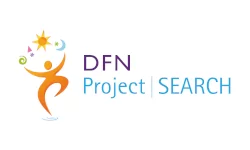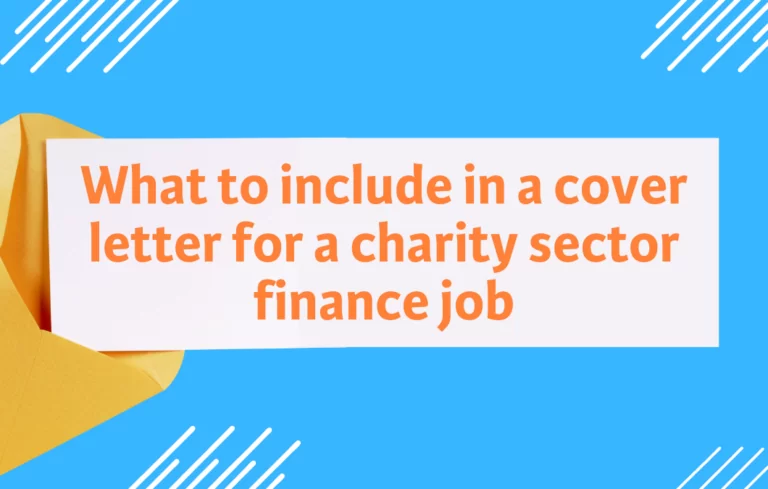4 months later: should not-for-profits be using Threads or does X still mark the spot?
It’s been four months since Meta launched their Twitter rival, Threads, taking advantage of the tumultuous takeover of Twitter by Elon Musk and it’s subsequent messy rebranding to X. Now that we’ve got to grips with Threads it’s a great time to look at the various updates that have been made to the platform since launch and answer the question: is Threads now a viable alternative to X for not-for-profits?
Let’s look at some of the key areas of comparison between Threads and X and what updates Threads has received in these areas.
Audience
Audience is perhaps the most important consideration when moving to a new platform – you don’t want to be shouting into the void with no return engagement.
So first, let’s look at general user statistics.
While Threads broke records in its first week, becoming the most rapidly downloaded App with 100 million plus downloads, that enthusiasm has since waned. Usage was down 79% as of August. While this does not mean the platform is dead and buried, it does show that the initial enthusiasm for a real alternative to X has been dampened by how bare bones Threads felt at launch (more on this below).
Another important consideration is the EU’s Digital Markets Act (DMA) which has delayed the launch of Threads in the EU until further notice. If you want to engage with users in the EU, stick to X for now.
Functionality
An advantage Threads has in its mission to be the ‘Twitter killer’ is its intentionally similar design. This mimicry ensures that users jumping over from X have little trouble getting up to speed with the platform’s functionality.
Despite this, users were quick to point out how many features common to X (and Meta’s own Instagram and Facebook), were conspicuously absent from Threads at launch, such as searchable hashtags, a Following feed, and a desktop version. There is good news, however. Many of these features have now, or are planned to be, added to Threads. At the time of writing, a Following feed is now available, and the desktop version is currently being rolled out. Considering these missing features were some of the most talked about pain points in switching to Threads, it will be interesting to see if their inclusion results in a higher number of active users once again.
*As a side note for Marketeers, social media schedulers like Hootsuite and Buffer don’t yet have integrated Threads functionality, meaning that any posts will have to be scheduled manually.
Engagement
Now let’s turn to actual engagement. To measure this, it’s useful to look at how not-for-profit organisations who have already joined Threads are doing.
UNICEF, with its international reputation and status as a household name, seems to be doing well on Threads so far. With an account typically posting every few days, UNICEF has so far amassed 784K followers and is regularly getting over 400 likes per post.
What’s interesting is that despite having far fewer followers on Threads (UNICEF has 9.2M followers on X), the number of likes they receive on their posts is similar across both platforms. It is possible that the stated aim of Threads being a ‘friendly’ social platform in contrast to X’s increasingly negative perception, ties in nicely to accounts focused on charitable causes, resulting in a smaller, but more engaged user base for not-for-profit organisations.
Nevertheless, OXFAM International, another household name, is doing less well. Currently sitting at 11.8K followers, their highest number of likes is 65. Despite the lower engagement, gaining over 11.8K followers in a few weeks isn’t a bad result!
While this is just a quick snapshot of two large not-for-profits, it does indicate that there is engagement for charities on Threads. Alongside these international juggernauts, many national and regional charities are also carving out their space on the platform, including the National Trust, National Autistic Society and Derbyshire Wildlife Trust, to name a few.
Accessibility
Many social media platforms now have accessibility features to aid those with disabilities, such as vision impairment, a common barrier to access.
AbilityNet, a UK-based charity that helps organisations build accessible digital services, failed Threads for accessibility when the platform launched. Alongside lack of colour contrast and ease of navigation, a big pain point was the lack of custom Alt-text. Alt-text is a written description that accompanies an image in a post so that users with visual difficulties can still understand what the image is showing. Threads only allowed AI-generated Alt-text, which as shown in the AbilityNet report, provided poor results compared to what a human could write.
The good news is that Threads has now introduced custom Alt-text. While this is a step in the right direction, there is still a long way to go to bring Threads on par with X, which offers more (though not all), of the accessibility features outlined in AbilityNet’s report.
So, should you be using Threads as a not-for-profit?
While Threads experienced an initial high and a subsequent drop, it’s clear that the platform has legs. Not-for-profit organisations are getting engagement, poor accessibility is being improved (if at a slower pace than it should), and the many features requested by users have, or are planned to be, introduced in the future.
The verdict: While X is the frontrunner for functionality, audience and accessibility, Threads has proven itself a worthy challenger. Given its recency, that is no small achievement. So, dip in to Threads, but don’t bid farewell to X just yet.







